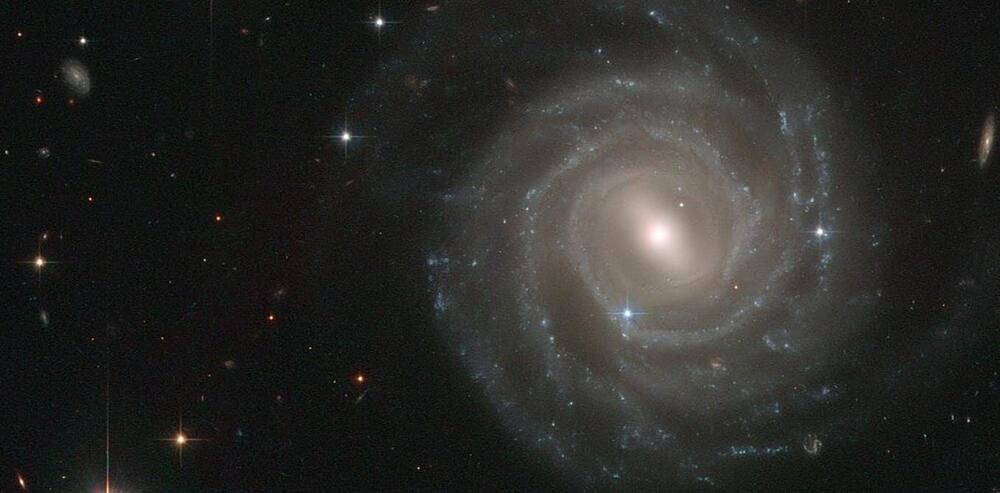We can model the motions of planets in the Solar System quite accurately using Newton’s laws of physics. But in the early 1970s, scientists noticed that this didn’t work for disk galaxies —stars at their outer edges, far from the gravitational force of all the matter at their center—were moving much faster than Newton’s theory predicted.
This made physicists propose that an invisible substance called “dark matter” was providing extra gravitational pull, causing the stars to speed up—a theory that’s become hugely popular. However, in a recent review my colleagues and I suggest that observations across a vast range of scales are much better explained in an alternative theory of gravity proposed by Israeli physicist Mordehai Milgrom in 1982 called Milgromian dynamics or Mond —requiring no invisible matter.
Mond’s main postulate is that when gravity becomes very weak, as occurs at the edge of galaxies, it starts behaving differently from Newtonian physics. In this way, it is possible to explain why stars, planets and gas in the outskirts of over 150 galaxies rotate faster than expected based on just their visible mass. But Mond doesn’t merely explain such rotation curves, in many cases, it predicts them.
